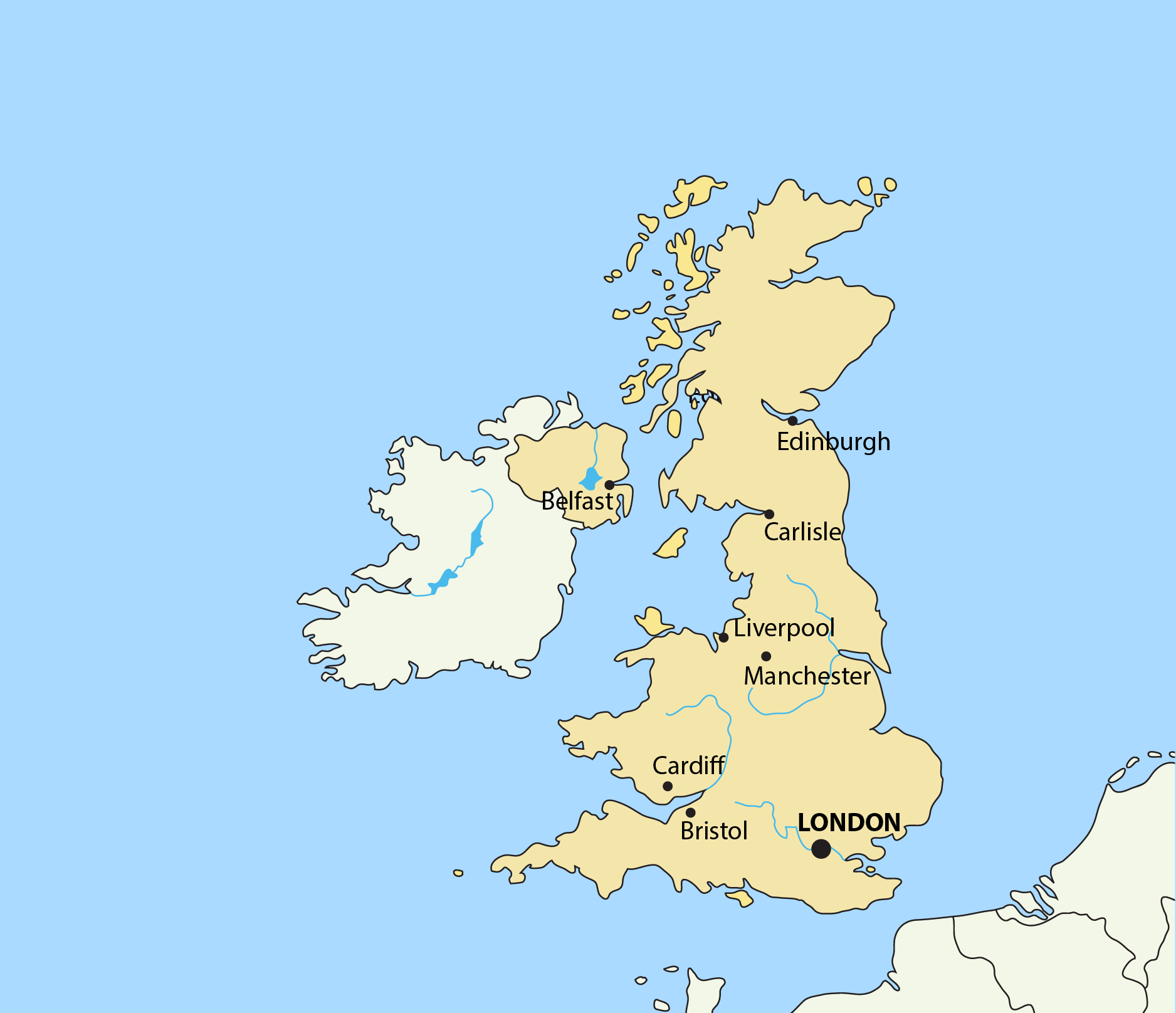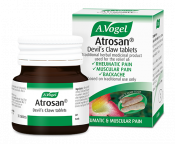An introduction to back pain
Back pain is a very common problem with around four in five people being affected by it at some point in their lives. It mostly affects people between the ages of 35 and 50 and can last for days, months or even years.
Pain in the back can be triggered by a variety of different factors such as poor posture or sitting incorrectly, awkward bending or lifting, or even sports injuries. However in most cases, the trigger is not what causes back pain, it merely reveals the presence of an existing condition in the back.
Back pain is most often experienced in the lower back with pain going down the hips but it can be experienced in the upper back.
The spine
The human spine (or backbone) is made up of 33 individual bones called vertebrae. These may be grouped into:
- Cervical (7 vertebrae in the neck)
- Thoracic (12 vertebrae in the chest area)
- Lumbar (5 vertebrae in the lower back)
- Sacrum (5 fused vertebrae in the lower back)
- Coccyx (4 fused vertebrae in what would have been our tail)
These are joined by intervertebral discs, and along with joints and ligaments, form a strong, flexible column which provides support for the rest of our skeleton as well as protection for the spinal cord. The spinal cord is one of the most important parts of our body as it carries nerves from the brain to almost every part of our being.
During middle age and beyond, one of the most common causes of back pain is straining the muscles in the back. In addition, wear and tear of the intervertebral discs and other related structures of the spine can lead to back pain. These changes are most often caused by ‘excessive use’ or movement, and therefore are more common in the neck (cervical) and the lower (lumbar) parts of the spine.
Types of back pain
Pain in the back can be divided into upper back pain, lower back pain or lumbago:
- Lower back pain (or low back pain) is the most common type of back pain and is often experienced as a stiffness, tension or ache in the lumbar area. It is often caused by muscle injury (eg. lifting a heavy object) and generally is not a serious problem with 50% of episodes resolving within two weeks of occurrence
- Lumbago is just another term for lower back pain and is a term which has been in use since the 1600s. It is now less commonly used than the more accurate description of lower back pain
- Upper back pain is not as common as lower back pain and affects mainly the cervical (neck) or sometimes the thoracic (chest) areas. Upper back pain leads to similar symptoms as low back pain - stiffness and tension in the neck and shoulders with limitation of movement. It can also be caused by a muscular injury but osteoarthritis, or rheumatism, is also a cause in older people. Sometimes, however, one can simply wake up in the morning with a stiff neck and acute upper back pain.
Back pain may also be described as acute or chronic. Acute back pain lasts for less than six weeks while pain lasting for more than three months is described as chronic back pain. Anything in between is known as sub-acute back pain.
Causes of back pain
In most cases, back pain is caused by minor sprains, strains or injuries to the muscles in the back or by the degeneration of the spinal vertebrae due to the wear and tear of advancing age. It can be triggered by normal, everyday activities at home or at work, or progress slowly as a result of bad posture or lifting badly.
The main back pain causes include:
- bending awkwardly
- over-stretching of muscles or muscle strain
- sports injuries
- lifting or carrying heavy objects
- driving for long periods
- being overweight
Occasionally pain occurs without a known trigger. Some people simply wake up in the morning and find themselves with back pain without knowing the cause or trigger. This type of back pain tends to clear up itself fairly quickly.
There are other less common, more serious causes of back pain such as rheumatoid arthritis or spinal stenosis. These should be identified and treated by your doctor.
Back pain symptoms
Back pain tends to be characterised by pain in a specific area of the back. Your movement and flexibility may be limited, and you may also experience some swelling or bruising. In some cases this pain and stiffness may be irritating but does not interfere with everyday activities, but in other cases it can be extremely painful and debilitating.
The exact symptoms you experience will depend on the cause of your pain. If you experience severe symptoms such as numbness in the legs or incontinence, it is important to seek medical attention.
Treatments for back pain
There are several measures you can employ which help you prevent back pain in the first place, and many of these are also effective in easing acute back pain. The most effective is maintaining a strong and supple back by:
- Taking regular exercise, particularly walking and swimming
- Minimising stress levels
- Ensuring that any lifting or carrying is done correctly
- Maintaining a good posture
- Back pain exercises. These are also effective when you suffer from back pain as they are designed to ease the area of pain.
- Herbal remedies such as Arnica gel applied to a specific area of the back or Devil’s Claw for general joint pain are often effective in treating back pain
If these measures do not help you, then you may have to investigate the cause of your back pain, and look for further treatments. These may include complementary medicines such as acupuncture or osteopathy, or conventional treatments such as various types of injections or surgery.








